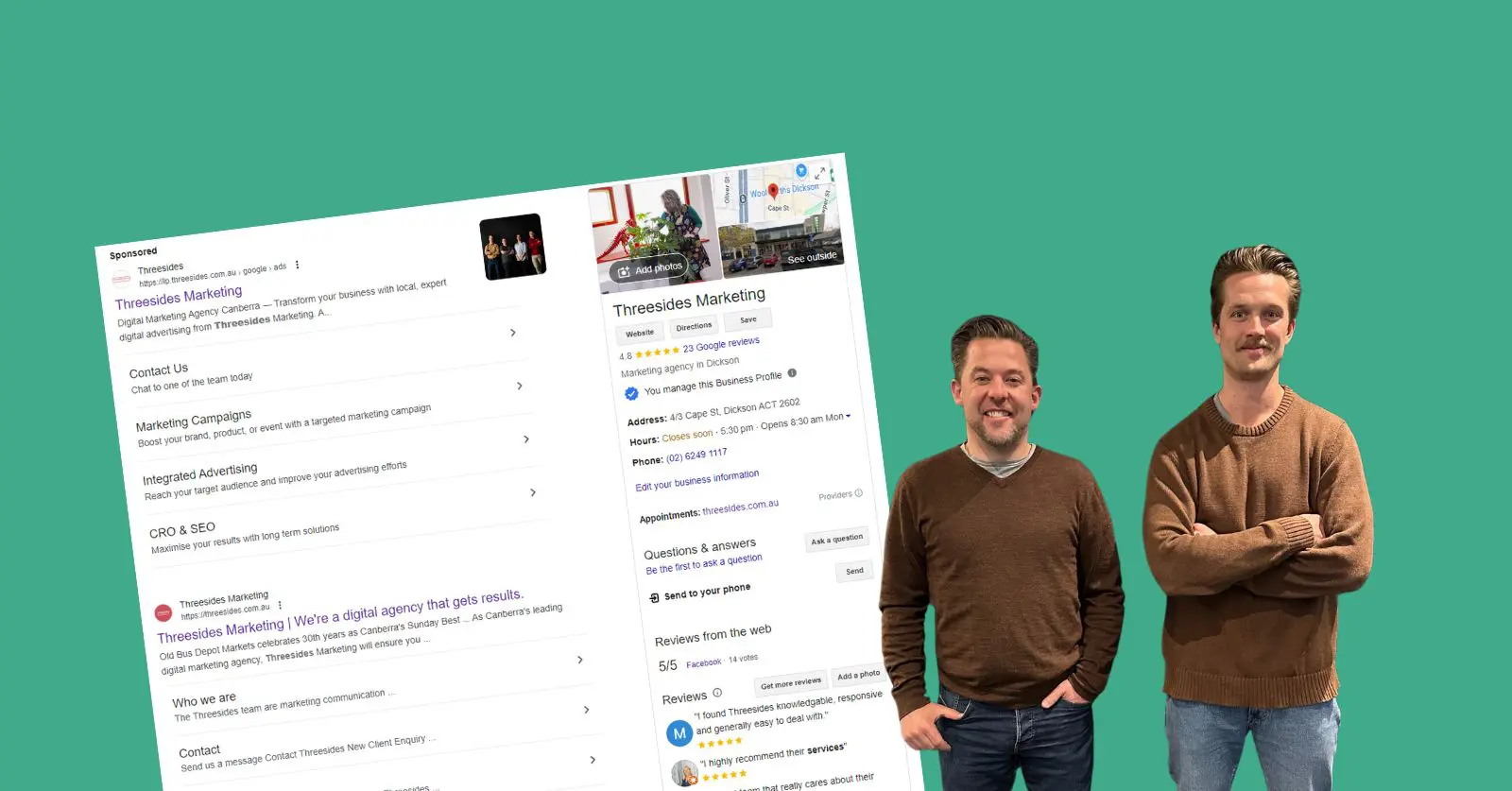In this video, Todd and I answer some frequently asked questions about Google Ads, providing insights into how the platform works and some useful tips for managing your Google Ads campaigns. We break down various aspects of Google Ads, including campaign setup, common challenges, key metrics, and how you can optimise your ads for better performance.
How quickly will my Google Ads start working?
One of the main questions we get is about how long it takes for Google Ads to begin showing results. I explained that Google Ads can go live immediately after the campaign is launched. However, keep in mind the importance of the learning phase, which typically lasts for about two weeks. During this period, Google tests different audiences and ad placements to determine which ones generate the best performance for the campaign. As a result, while ads may be visible right away, they might not yet perform optimally until the learning phase is complete.
Why are my competitors showing up for my brand/business name?
Another common question our clients have is why their competitors are showing up for their brand name in search results. While trademark protections can prevent competitors from using a brand’s name directly in their ad copy, they can still bid on the brand’s name as a keyword. This means that if a competitor bids on the same keyword, their ad might appear when someone searches for that brand. To mitigate this, we suggest maintaining a strong paid presence for your brand. Google Ads works on the principle of relevancy, so if your ad is more relevant and you have a bid on your brand name, you’ll likely show up more often in search results.
Should I manage my Google Ads campaigns myself?
Another topic the video covers is whether businesses should manage their Google Ads campaigns themselves or hire professional help. It’s possible to manage Google Ads on your own, but it can be challenging. Google frequently updates its platform, rolling out hundreds of announcements and changes (see 2024 roundup here) that can make it difficult to keep up with the best practices. Additionally, Google tends to push for more automation, which may not always align with a business’s specific goals or interests. In some cases, automation can lead to businesses spending money on ads that don’t produce meaningful results.
How do you choose the right ad copy?
The next question discussed is how we choose the right ad copy. As experienced copywriters, we use various tools to test search volumes for different keywords. By selecting keywords that align with your business goals and are also likely to generate high-quality traffic, we can create ad copy that is both relevant and compelling. On top of keyword relevance, we ensure the ad copy aligns with the website’s brand and tone, which helps create a seamless user experience and boosts the likelihood of clicks.
How much will my Google Ads cost?
A concern for businesses is how much their Google Ads campaigns will cost. The cost of Google Ads varies widely depending on the industry. For instance, industries with high competition will have a higher cost per click (CPC). CPCs can range from just a few cents to upwards of $50, depending on the competitiveness of the keyword and the industry. Factors such as location, bidding competition, and industry relevance all play a role in determining the cost of Google Ads. Businesses should ensure they are only paying for ads that generate a decent return on investment, rather than burying spend in clicks that aren’t bringing in real results.
Key Google Ads Metrics
The video also touches on several essential Google Ads metrics that businesses should monitor to gauge the success of their campaigns. These metrics include:
- CPC (Cost per Click): This is the amount you pay each time someone clicks on your ad. Threesides were able to achieve a 52% lower CPC across our clients compared to Google Ads industry standards in 2024.
- CPA (Cost per Acquisition): This refers to the cost of acquiring a new client or lead. It helps businesses assess how much they are spending to generate a sale or other conversion type.
- CTR (Click-Through Rate): This percentage reflects how often people click on your ad after seeing it. It’s calculated by dividing the number of clicks by the number of impressions (the times your ad is shown). A higher CTR typically indicates that your ad copy is resonating with your audience.
- Conversions: A conversion varies depending on the business. For e-commerce, it might be a purchase or an add-to-cart action. For B2B companies, a conversion could be a phone call or a website form submission.
- Quality Score: This is a critical metric for determining how your ads perform in Google’s auction system. Quality Score is influenced by factors such as ad relevance, keyword relevance, and the quality of your landing page. The higher your Quality Score, the more likely your ad will be displayed and win auctions at a lower cost.

